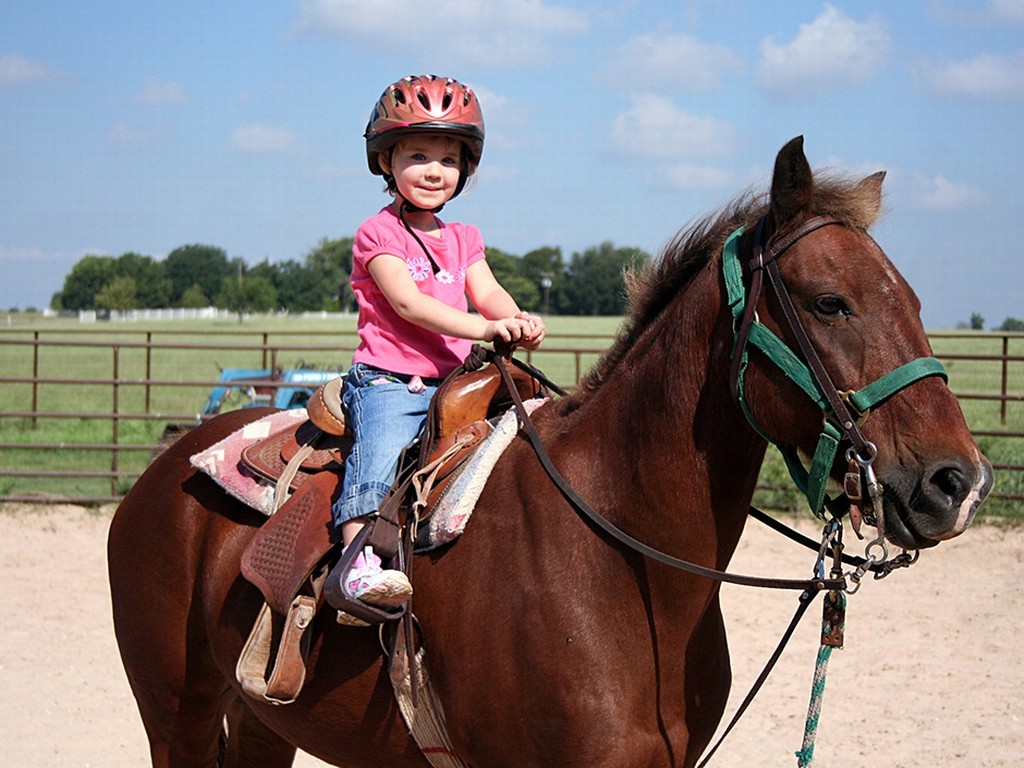Horse riding is a wonderful outdoor activity for children, providing them with the vital skills they need as part of their development and a lifelong love of horses. The benefits of teaching your children to horse ride go further than simply physical exercise in the outdoors. Horse riding also teaches children better socialisation skills, helps to build their confidence levels and teaches them responsibility.
Horses require a lot of looking after when it comes to feeding, grooming and general maintenance so encouraging your child to do this teaches them important lessons about caring for animals and other people. Being active outdoors has also been proven to relieve stress and increase happiness in children.
Here are some helpful hints to get your child horse riding;
- Finding the right school for your child is important as it is the school, teachers and other class members that will shape your child’s experience of horse riding. Some riding schools are willing to accept children from age three whilst others prefer them to start when they are five or six.
When searching for schools always look for those that are approved by the British Horse Society.
- Even getting to grips with the basics of horse riding (sitting correctly, learning how to trot, signals to guide, steer and stop the horse) can take some getting used to and it will probably take your child a while to master them. Ask your riding school if you child can take part in other activities such as theoretical lessons and hacking out to retain their interest.
- Your child will need a suitable protective hat when riding a horse and very small children also need a body protector. Safety items can usually be hired from the riding school or even incorporated into the cost of each lesson, alternatively they can be purchased for around £60-£100. Your child’s safety is paramount when horse riding so the right safety precautions are essential!
- Dress your child in comfortable clothing when horse riding. Clothing should allow free movement and not be restrictive but at the same time shouldn’t be too baggy as it could flap around and startle the horse. Shoes or boots that have a small heel are also preferable as they offer extra grip on the stirrups, helping your child to feel more comfortable.
- Younger children tire very easily so it is best to start with shorter lessons and gradually increase the time as your child grows. This is also a great way to ensure their attention is retained throughout the lessons.
- Encourage your child to learn as much about the sport as possible. You could do this by reading books specifically written for children about the sport, attending race days and volunteering at the stables to help muck out the horses and groom them (taking care of the horse is an intrinsic part of horse riding and will help your child feel more comfortable around the animals).
Children can really benefit from learning to horse ride- they are able to learn invaluable lessons such as sportsmanship, the responsibility of caring for others and for animals and much more. In addition, horse riding can equip your child with self-confidence and patience, abilities that will benefit them in all aspects of life.

